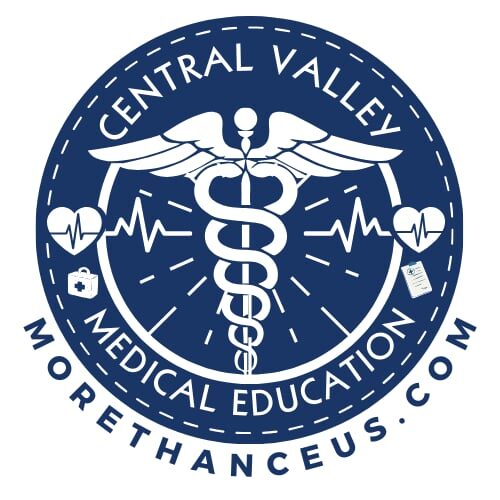Introduction & Epidemiology
This lesson provides a foundational overview of needlestick injuries in clinical environments, emphasizing their significance, frequency, and risk to healthcare professionals. Learners will explore what qualifies as a needlestick injury, how these incidents typically occur, and the epidemiological trends that highlight the urgency of prevention.
The lesson begins by defining the clinical criteria for needlestick and sharps injuries and outlines the various contaminated devices that may pose exposure risks to bloodborne pathogens such as Hepatitis B, Hepatitis C, and HIV. It then explores the history and reporting evolution of these injuries, identifying key moments in regulatory and workplace safety response.
Through current data and real-world case examples, learners will understand the impact of needlestick injuries not only from a health and safety standpoint, but also from emotional, legal, and occupational perspectives. The lesson sets the stage for the course by demonstrating that these injuries are both common and preventable — and why it is critical that healthcare professionals adopt a proactive approach to reporting, documentation, and safety culture.
📌 Key Takeaways:
- Recognize the scope and severity of needlestick injuries in modern healthcare
- Understand why many incidents go underreported
- Identify high-risk environments and job roles
- Build awareness of national trends and regulatory benchmarks
